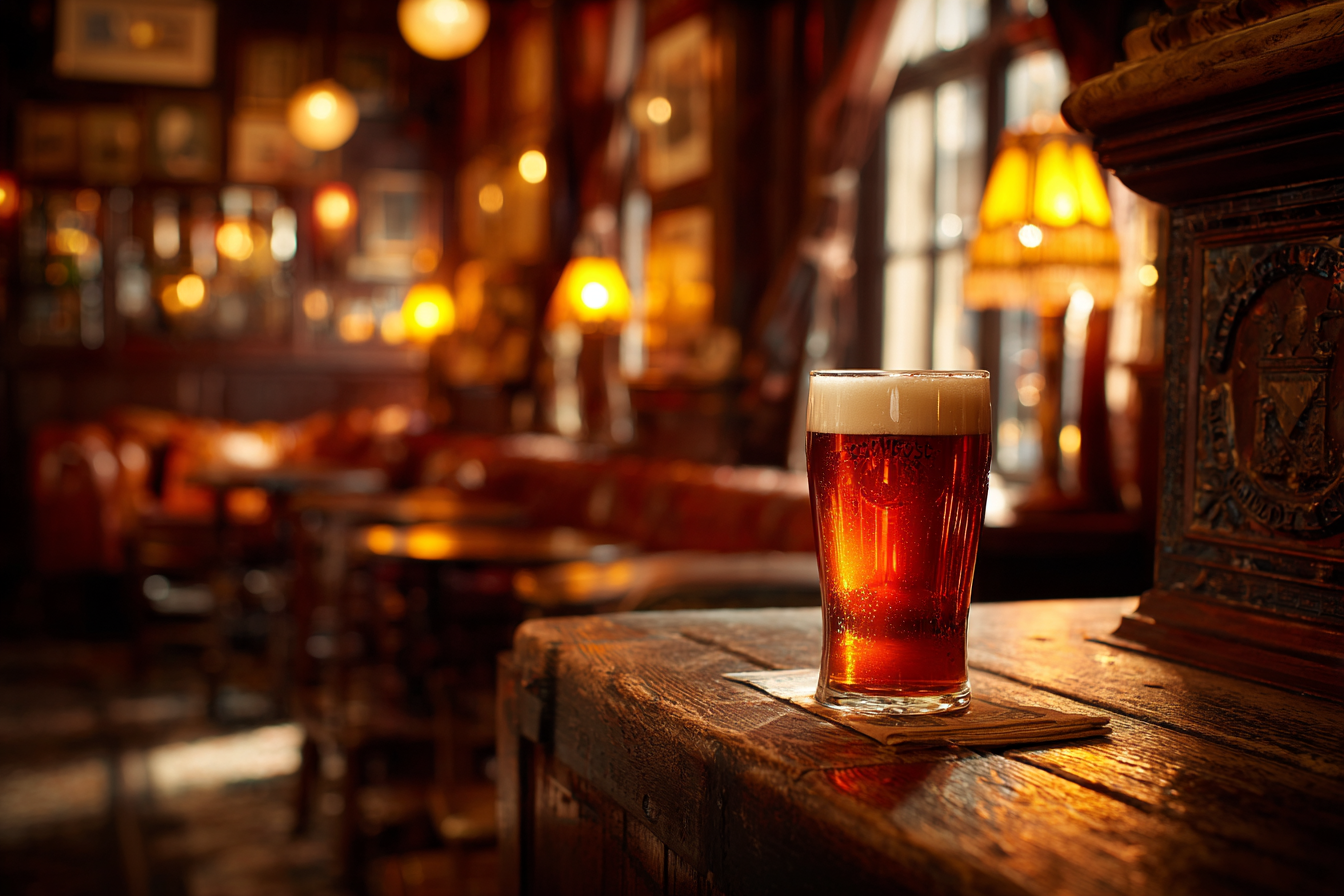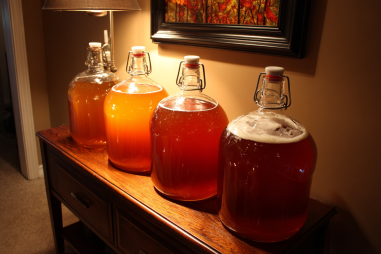Irish Red Ale is much more than just a style of beer; it’s a vibrant part of Ireland’s rich brewing heritage. Known for its inviting reddish hue and balanced malt profile, Irish Red Ale has captivated beer lovers around the world for centuries. Whether you’re savoring a pint at a cozy pub in Dublin or enjoying a craft version brewed locally, this ale carries a story that’s both historic and dynamic. Join us as we explore the origins, evolution, and lasting impact of Irish Red Ale, tracing its journey from traditional roots to modern-day craft brews.
Historical Origins in Ireland
The roots of Irish Red Ale date back to the 17th and 18th centuries when brewing was a burgeoning craft in Ireland. Back then, beer was brewed primarily for practical purposes — nourishment and refreshment rather than just enjoyment. The ales in rural Ireland were typically darker, made using malted barley kilned over open fires, which gave the beer its characteristic reddish tint. Early Irish brewers relied heavily on what local ingredients were available, including a mix of malted barley and roasted grains.
Unlike the heavily hopped English ales of the time, Irish brewers preferred a more balanced approach with lower hop bitterness, focusing on malt richness and smooth drinkability. This style suited the Irish palate and stood apart from other British ales, defining a unique Irish character. The production was mostly local and small-scale, with family and community brewers playing a significant role before large industrial breweries emerged in the 19th century.
Key Characteristics and Ingredients Over Time
Irish Red Ale is easily recognized by its distinctive amber to copper-red color, created by the careful use of roasted malts and barley. Traditionally, the malt bill includes pale malt as the base, complemented by specialty roasted malts like crystal or caramel malt that impart sweetness and color. The roasting process is what gives Irish Red Ale its mild roasted flavor and that signature red hue, which can range from subtle auburn shades to deeper red tones.
In terms of aroma and taste, Irish Red Ales are known for their balanced malt profile, with notes of caramel, toffee, and biscuit that provide a slightly sweet backbone. The hop bitterness is mild and usually comes from traditional European hop varieties, enough to balance but never overpower the malt. The finish is smooth and moderately dry, making it incredibly sessionable and easy to drink.
Over the decades, slight regional variations appeared depending on brewing materials and methods, but the core profile of medium body, mild malt sweetness, and moderate hoppiness remained consistent. Water chemistry in Ireland, often soft and low in minerals, also influenced the final character of these ales, making them softer and rounder in taste compared to other British ales.
How Irish Red Ale Influenced Global Brewing
The influence of Irish Red Ale extends beyond Ireland’s shores and has left an indelible mark on the global beer scene. As Irish emigrants traveled across the world—particularly to the United States, Canada, and Australia—they brought with them their brewing traditions and tastes. Irish pubs abroad often featured Irish Red Ale as a staple offering, introducing this style to new audiences.
American craft breweries, in particular, embraced Irish Red Ale, inspired by its approachable flavor profile and historical roots. Many began experimenting with the style, tweaking it with varying malt combinations and hop schedules, but most stuck close to the traditional balance that characterizes Irish Red Ale. It became a popular gateway beer for those new to craft brews, thanks to its easy drinkability and mild complexity.
In addition to direct emulation, Irish Red Ale also helped shape the development of other amber and red ale styles around the world. Its influence can be seen in the popularity of amber ales in the U.S. and England, which often borrow the malt-forward, balanced approach pioneered by Irish brewers. Globally, it remains a style that exemplifies the marriage of tradition and accessibility in brewing.
Revival and Modern Interpretations
In recent decades, Irish Red Ale has experienced something of a renaissance, particularly with the rise of craft brewing. Modern brewers have revisited this classic style, blending tradition with innovation to create fresh expressions that honor the past while appealing to today’s taste buds.
Contemporary interpretations often include subtle variations in malt blends, the addition of new hop varieties, and occasional experimentation with adjuncts like oats or specialty malts to enhance body and mouthfeel. Some craft brewers also emphasize organic ingredients or small-batch production methods to give their Irish Red Ale distinctiveness and local character.
This revival extends to Ireland itself, where craft breweries are reintroducing Irish Red Ale with renewed pride. These modern versions maintain the historical hallmark characteristics—reddish tint, caramel malt flavors, and smooth finish—while sometimes highlighting regional differences in ingredients and brewing style. The result is a beer that’s both a nod to heritage and a celebration of innovation.
The Enduring Legacy of Irish Red Ale
Irish Red Ale stands as a shining testament to Ireland’s rich brewing history and culture. It encapsulates centuries of local knowledge, resourcefulness, and passion for beer crafting. More than just a drink, it carries the stories of generations of brewers who shaped the style to suit Irish tastes and ingredients.
Today, Irish Red Ale continues to thrive, cherished in its native Ireland and enjoyed globally. Its balanced character and approachable nature make it a beloved choice for both casual drinkers and beer aficionados. Whether poured in a rustic pub or brewed by a cutting-edge craft brewery, Irish Red Ale remains a flavorful bridge between the past and the present.
For anyone looking to experience a flavorful slice of brewing heritage, Irish Red Ale offers a welcoming introduction and a rich history worth savoring in every glass.







